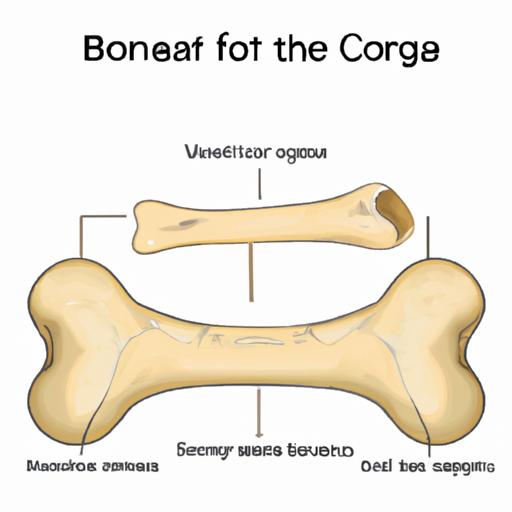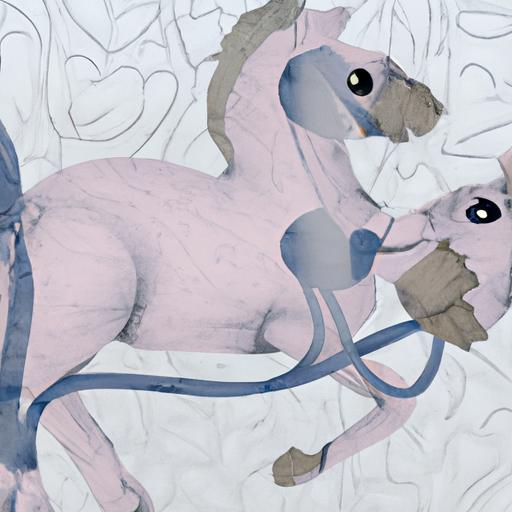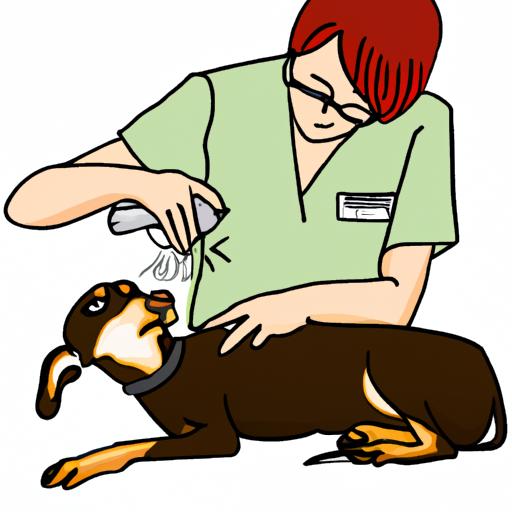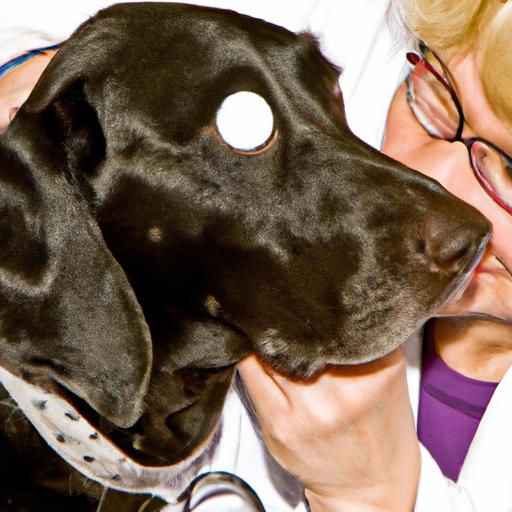
Canine Osteosarcoma: Recognizing Bone Cancer
Learn about canine osteosarcoma: recognizing bone cancer in dogs. Understand the symptoms, diagnosis, and treatment options for this aggressive disease.
Introduction
When it comes to our furry companions, their health and well-being are always a top priority. Unfortunately, just like humans, dogs can also suffer from various forms of cancer. One such type is canine osteosarcoma, a bone cancer that can be devastating if not recognized and treated early. In this article, we will delve into the world of canine osteosarcoma, exploring its causes, symptoms, diagnosis, and treatment options. By understanding the signs and recognizing bone cancer in dogs, we can provide them with the care they need and improve their chances of recovery.

Understanding Canine Osteosarcoma
What is Canine Osteosarcoma?
Canine osteosarcoma is a malignant bone tumor that primarily affects dogs. It is an aggressive form of cancer that typically originates in the long bones, such as the limbs. Osteosarcoma can quickly spread to other parts of the body, including the lungs, making early detection and treatment vital for a positive outcome.
Prevalence and Risk Factors
While osteosarcoma can occur in any dog, certain breeds are more predisposed to developing this type of cancer. Large and giant breeds, such as Great Danes, Rottweilers, and Saint Bernards, are at a higher risk. Age also plays a role, with dogs over the age of seven being more susceptible. Additionally, previous bone injuries and certain genetic factors may increase the likelihood of osteosarcoma in dogs.
Recognizing Symptoms of Canine Osteosarcoma
Detecting the early signs of canine osteosarcoma is crucial for timely intervention. Keep an eye out for the following symptoms:
- Lameness or limping: Persistent lameness or limping, especially if it appears suddenly or worsens over time, may indicate bone cancer.
- Swelling or lumps: Swelling or lumps around the affected bone can be a sign of tumor growth.
- Pain and discomfort: Dogs may experience pain, which can be evident through behavioral changes or reluctance to put weight on the affected limb.
- Fractures or bone weakness: Osteosarcoma weakens the bone, making it more prone to fractures, even with minimal trauma.
- Decreased activity and appetite: Dogs with osteosarcoma may become lethargic and lose interest in food.
If you notice any of these symptoms or have concerns about your dog’s health, it’s crucial to consult a veterinarian promptly.
FAQ about Canine Osteosarcoma
How is Canine Osteosarcoma Diagnosed?
Diagnosing canine osteosarcoma involves a combination of methods. Initially, your veterinarian may conduct a physical examination, analyze your dog’s medical history, and perform X-rays to identify any abnormalities in the bones. Further diagnostic tests, such as biopsies or advanced imaging techniques like MRI or CT scans, may be recommended to confirm the presence of osteosarcoma and determine the extent of its spread.
What are the Treatment Options Available for Canine Osteosarcoma?
Treatment options for canine osteosarcoma typically involve a multimodal approach, combining surgery, chemotherapy, and in some cases, radiation therapy. The primary goal is to remove the tumor and prevent its spread to other parts of the body. Limb amputation is often necessary to eradicate the cancerous bone and alleviate pain. Chemotherapy is administered to target any remaining cancer cells and reduce the risk of metastasis. Additionally, advancements in veterinary medicine have led to the emergence of alternative treatments, such as limb-sparing techniques and immunotherapy, which may be considered in certain cases.
Can Canine Osteosarcoma be Prevented?
Unfortunately, it is challenging to prevent the development of canine osteosarcoma entirely. However, there are steps you can take to potentially reduce the risk for your furry friend. Providing a balanced diet, regular exercise, and maintaining optimal weight can contribute to overall health and potentially minimize the risk of certain cancers. Additionally, it is crucial to address any bone injuries promptly and seek veterinary care if abnormalities or symptoms arise to catch any potential issues early on.
How Long Can a Dog with Osteosarcoma Live After Diagnosis?
The prognosis for dogs with osteosarcoma varies depending on several factors, including the stage of the cancer, the location of the tumor, and the treatment approach. With prompt diagnosis and appropriate treatment, dogs can often live for several additional months to a year or more. However, it’s important to remember that each case is unique, and the prognosis should be discussed with your veterinarian based on your dog’s specific circumstances.
Are Certain Dog Breeds More Prone to Developing Osteosarcoma?
While osteosarcoma can affect any breed, certain dog breeds are more predisposed to this type of cancer. Large and giant breeds, including Great Danes, Rottweilers, Saint Bernards, and Greyhounds, have a higher incidence of osteosarcoma. However, it’s crucial to remember that any dog can potentially develop this cancer, regardless of breed.
Conclusion
Canine osteosarcoma is a devastating form of bone cancer that requires prompt recognition and treatment. By understanding the symptoms and risk factors associated with this disease, we can provide our furry companions with the care they need. Regular check-ups, early intervention, and a proactive approach to our dogs’ health can make a significant difference in their prognosis. If you notice any signs or have concerns, consult with your veterinarian immediately. Together, we can help our canine companions fight and overcome osteosarcoma, ensuring they live their lives to the fullest.




























